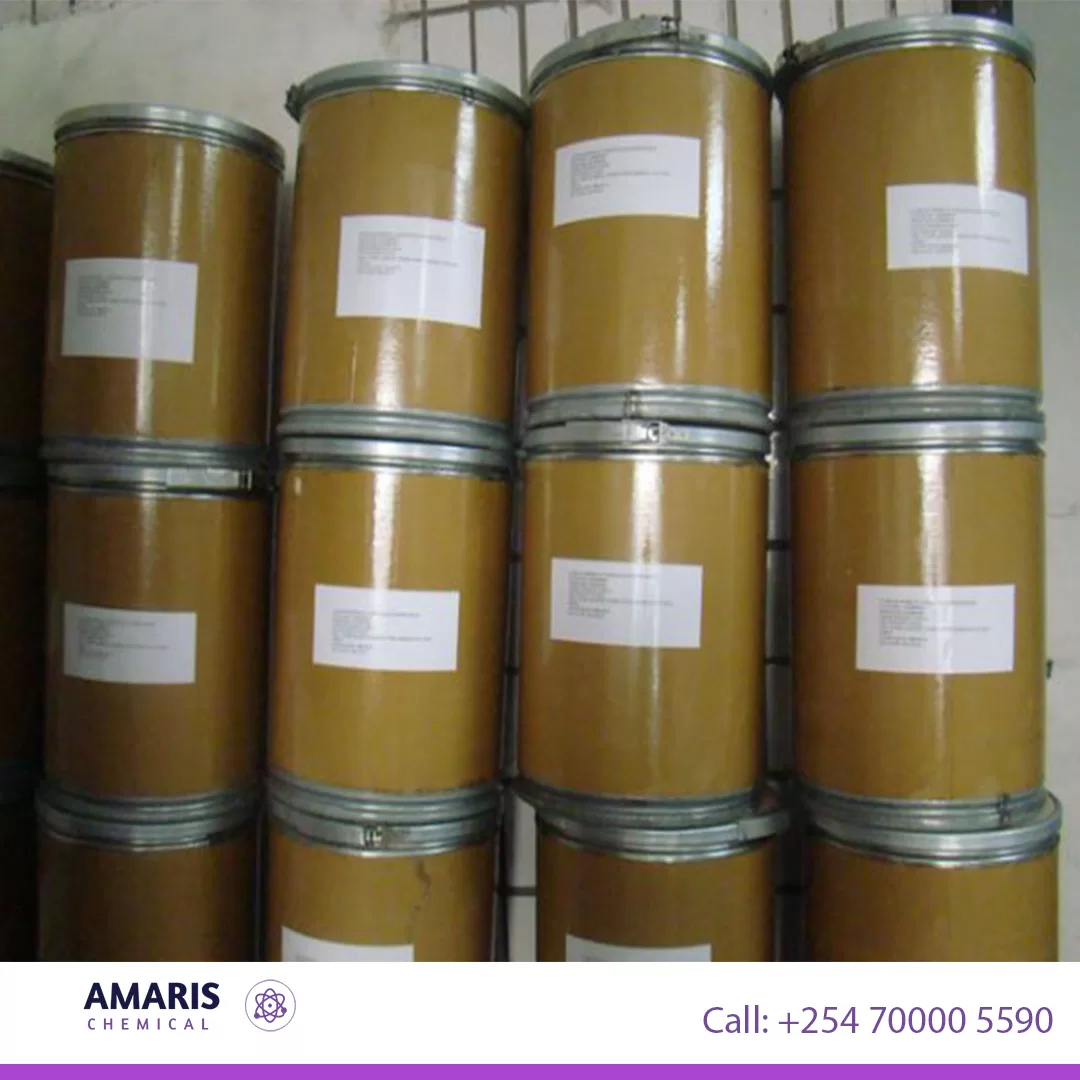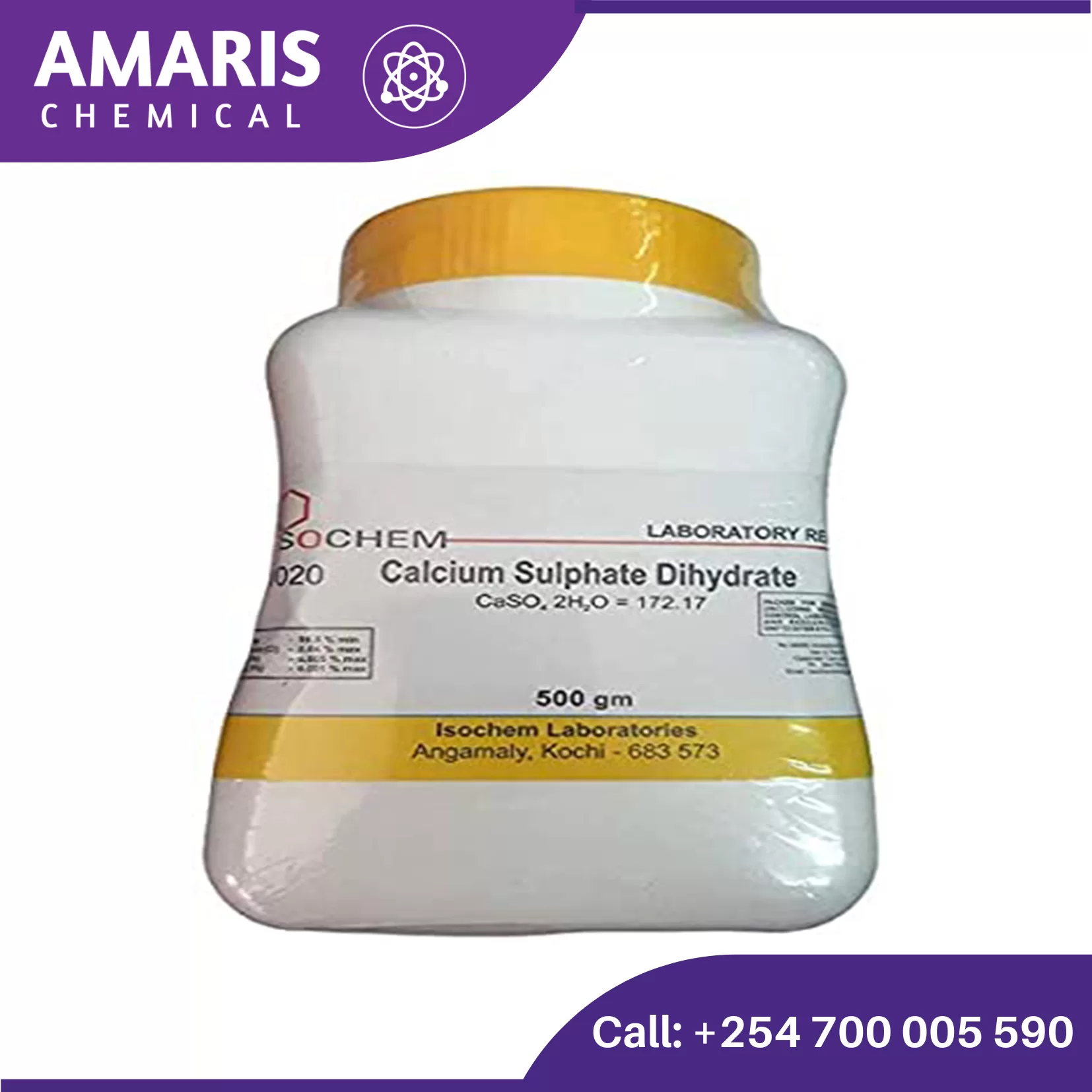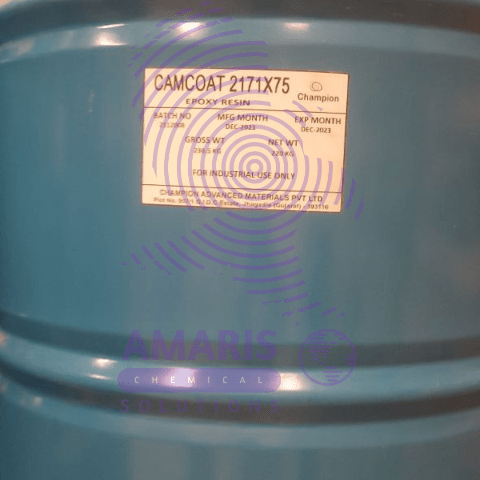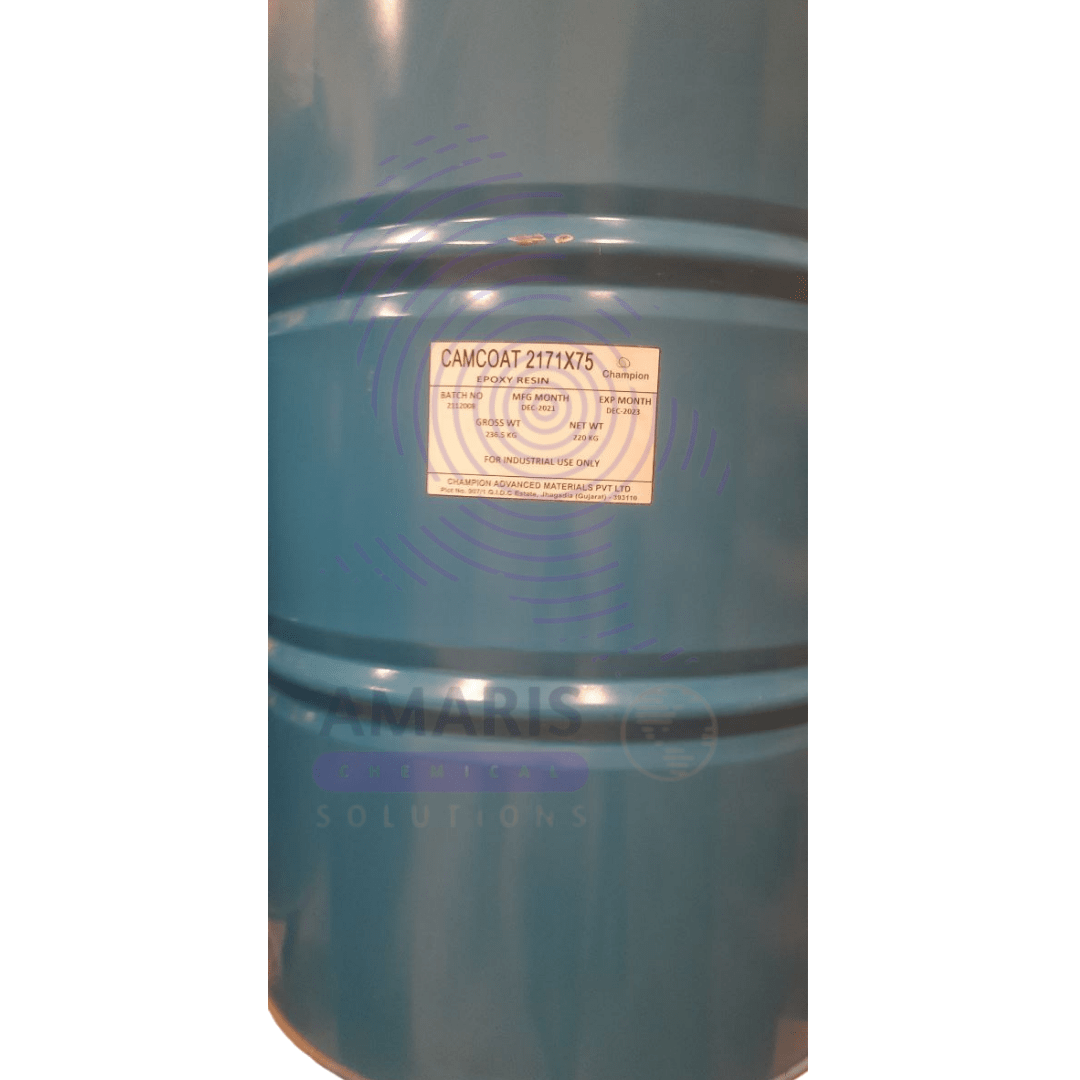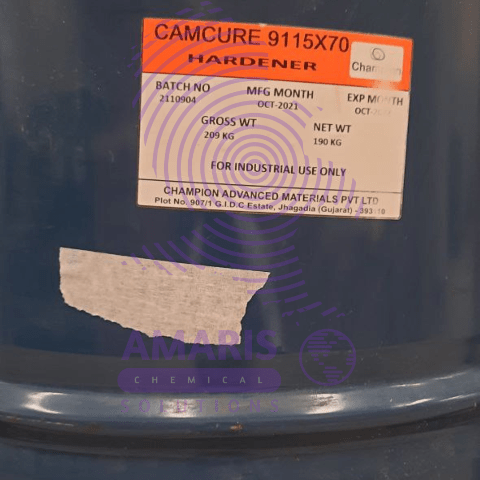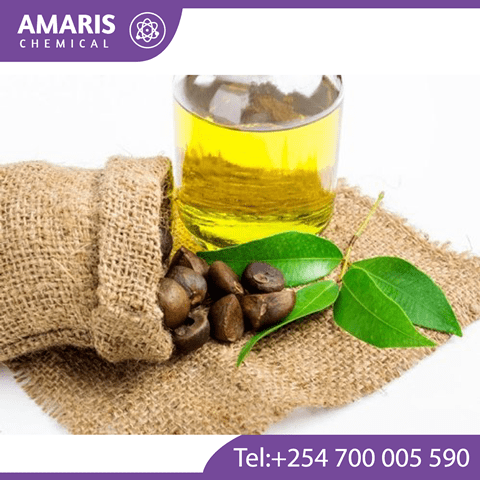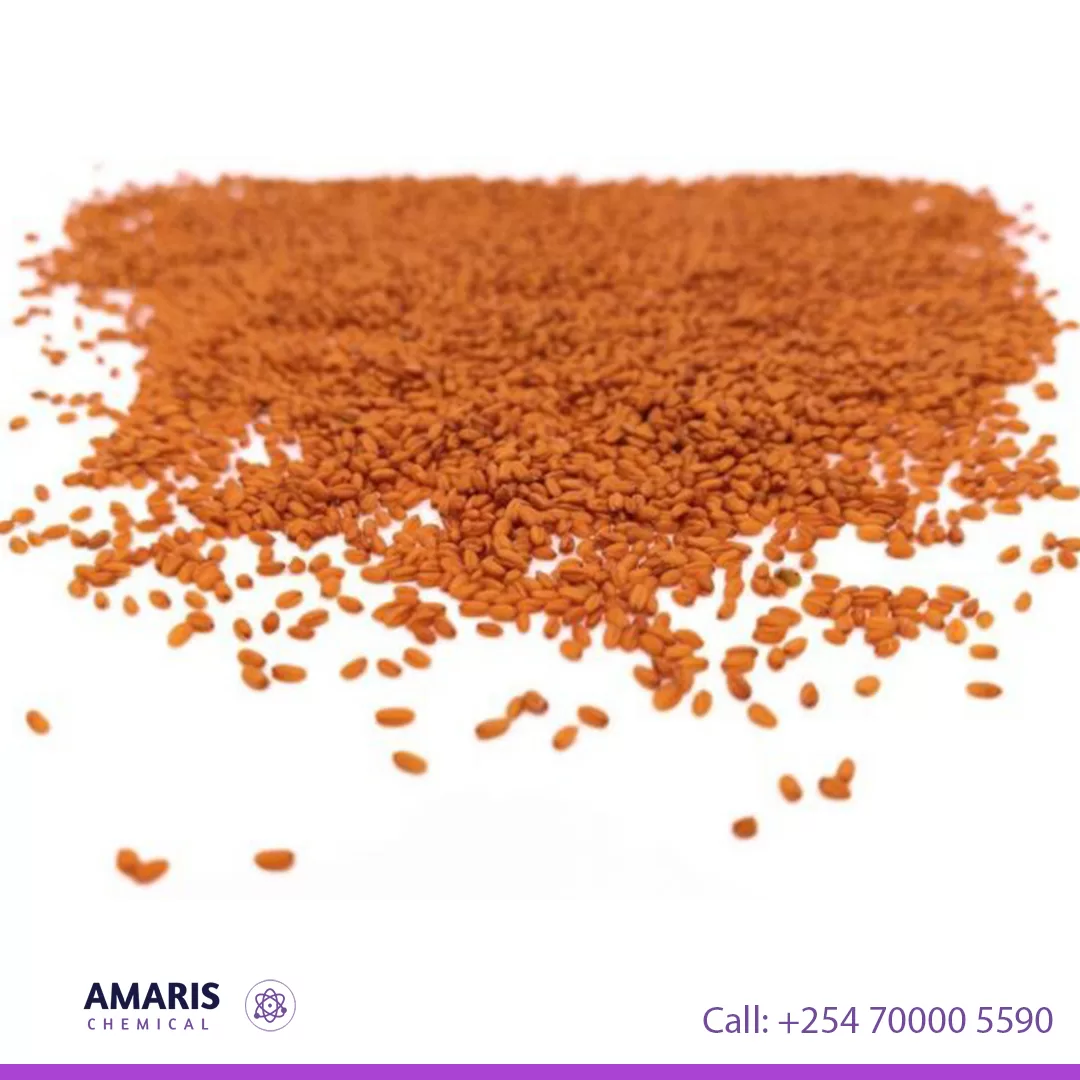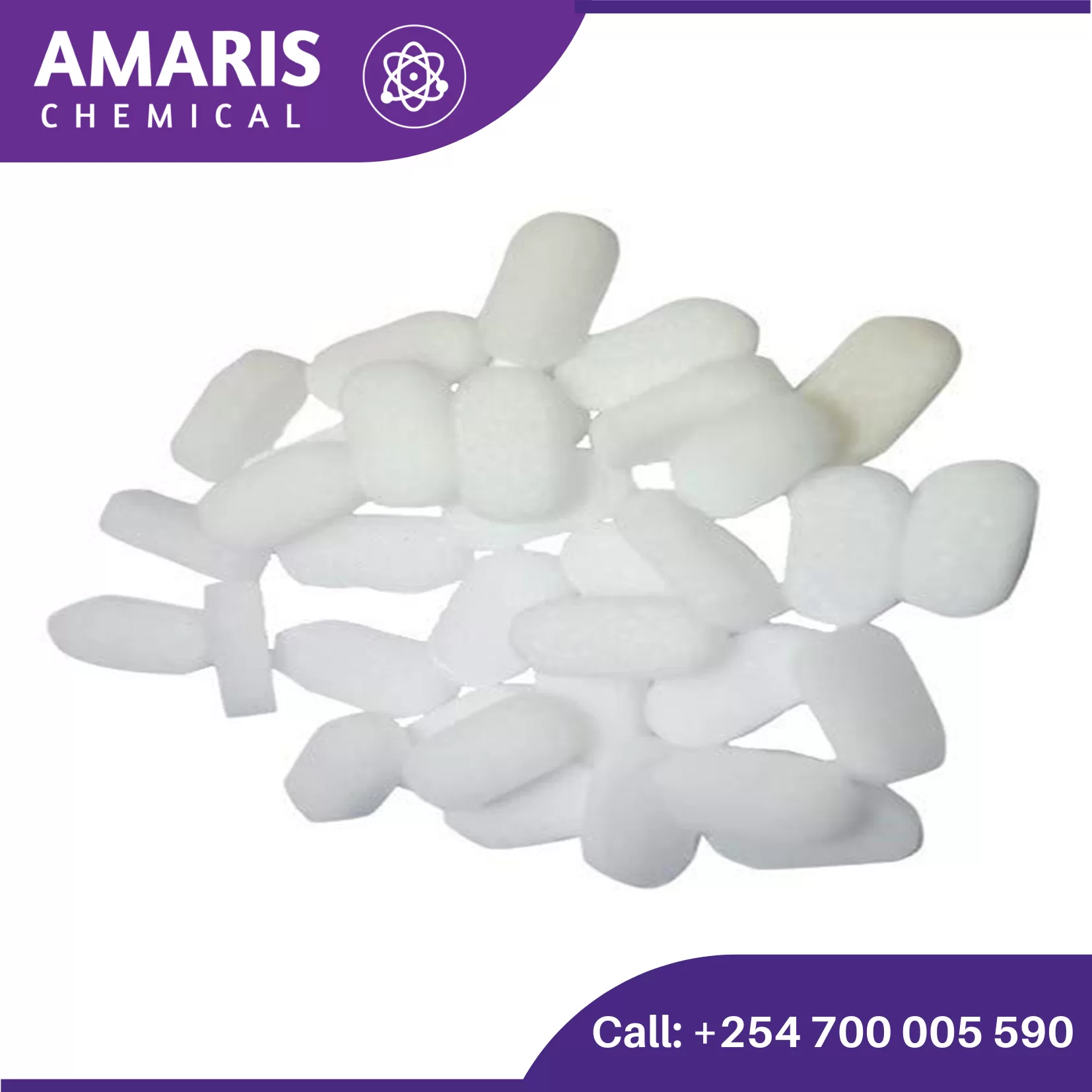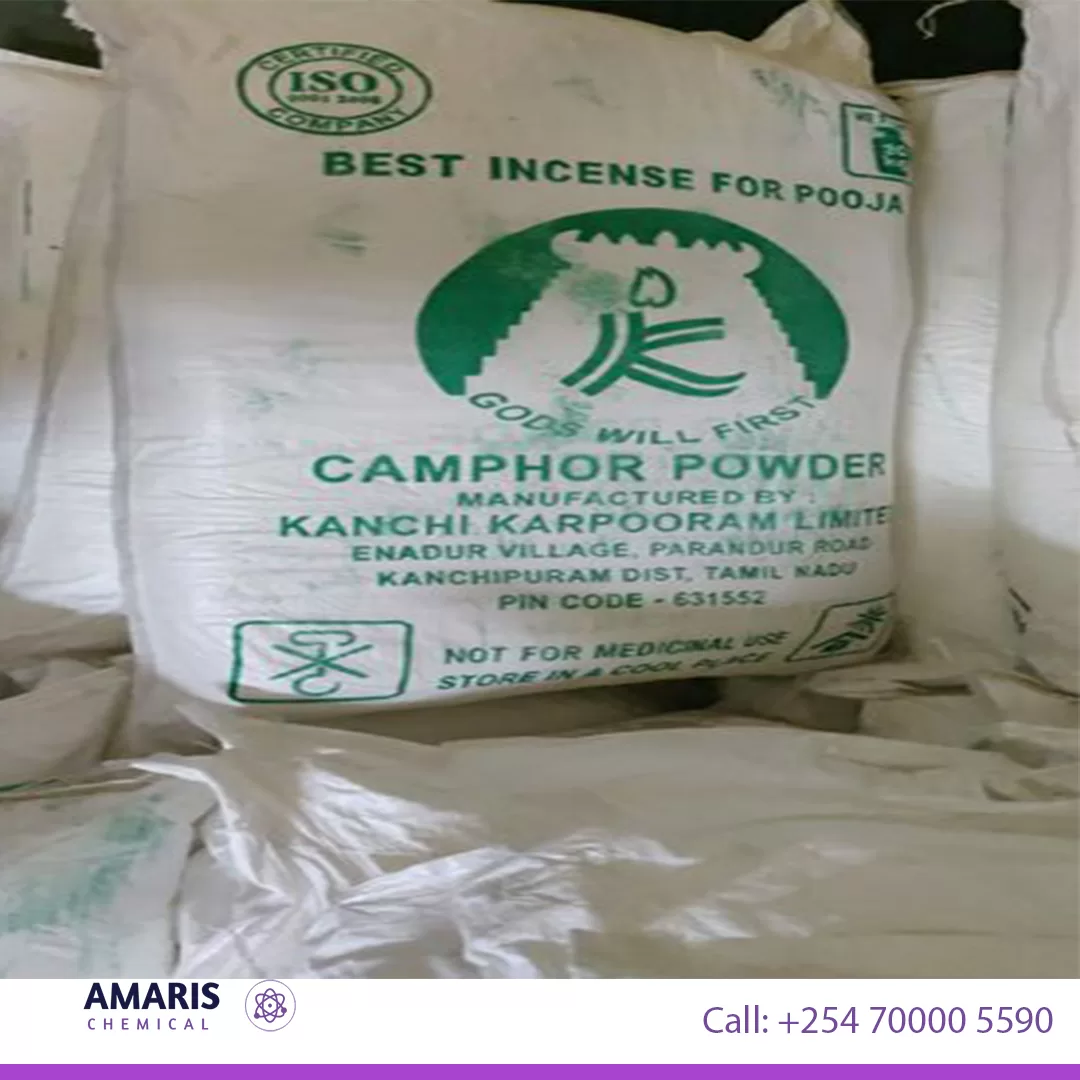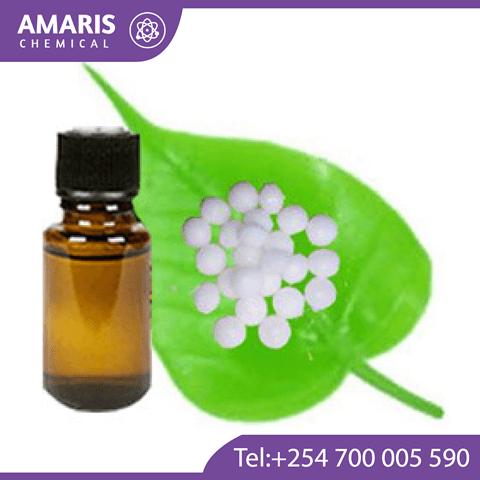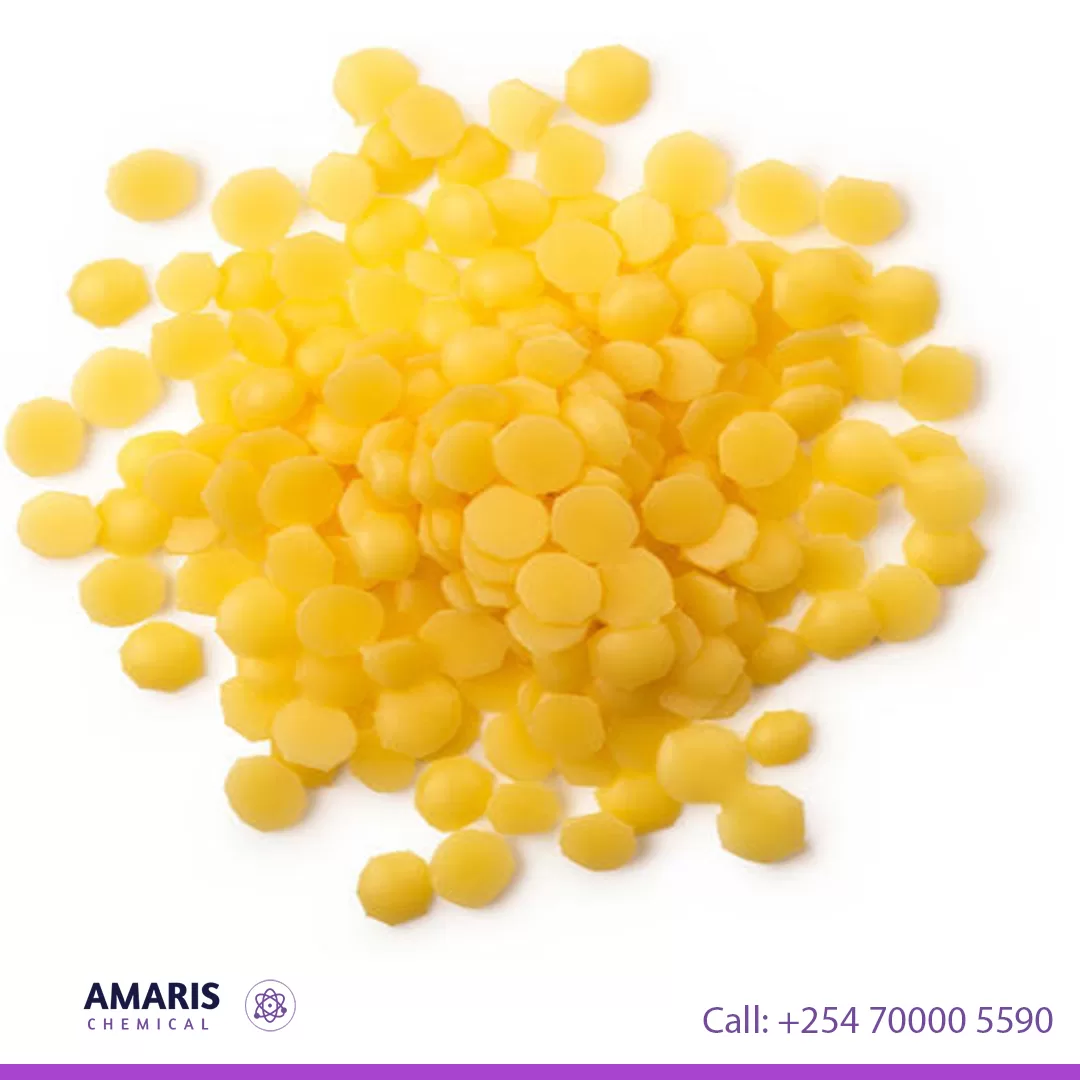Calcium Saccharin
Calcium saccharin, also known as calcium cyclamate, is a synthetic sweetener derived from saccharin. It is a calcium salt of saccharin, and it is often used as a sugar substitute in various food and beverage products. Calcium saccharin is several hundred times sweeter than sugar, yet it contains no calories and does not affect blood sugar levels, making it suitable for individuals with diabetes or those looking to reduce their sugar intake. It is commonly used in tabletop sweeteners, diet sodas, baked goods, and other low-calorie or sugar-free products
Calcium Sulphate Dihydrate 500gm
Calcium sulfate dihydrate, chemically represented as CaSO4·2H2O, appears as a fine, white to off-white powder. It is odorless and typically occurs as a crystalline solid. In its natural form, it is known as gypsum, which can be found in various geological formations. When heated, gypsum loses its water of crystallization, transforming into calcium sulfate hemihydrate (CaSO4·0.5H2O), commonly known as plaster of Paris, which has important applications in construction and art.
Camphor 100gm
Camphor is a waxy, white or transparent solid with a strong, aromatic odor. It is derived from the wood of the camphor laurel tree (Cinnamomum camphora), which is native to Asia, and also can be synthesized from turpentine oil. Historically, camphor has been used for a variety of purposes, both medicinal and practical.
Camphor Powder
Camphor powder is a fine, crystalline substance derived from the camphor tree (Cinnamomum camphora) or synthetically produced. It is commonly used in various applications for its distinct aroma and medicinal properties. Camphor powder typically possesses a strong, minty scent and a white color. It is characterized by its volatile nature, easily vaporizing when exposed to air.
Camphor powder is known for its wide range of uses, including as a fragrance ingredient in perfumes, soaps, and candles. It also serves as a moth repellent and is often utilized in insecticides and pest control products. Additionally, camphor powder has been used in traditional medicine for its analgesic, anti-inflammatory, and antiseptic properties, finding applications in ointments, balms, and liniments. However, it is important to note that camphor powder should be used with caution and under proper guidance, as excessive exposure or ingestion can be harmful.
Candelilla Wax
Candelilla wax is a natural vegetable wax derived from the leaves of the candelilla shrub, scientifically known as Euphorbia cerifera. It is primarily produced in northern Mexico and the southwestern United States. Candelilla wax is obtained through a process that involves harvesting the leaves, grinding them into a powder, and then boiling the powder to extract the wax.
Candelilla wax is characterized by its yellowish-brown color and a hard, brittle texture. It is composed mainly of hydrocarbons, esters, and fatty acids. One of its key components is the hydrocarbon called cerotine, which gives the wax its unique properties. It has a melting point ranging from 68 to 73 degrees Celsius (154 to 163 degrees Fahrenheit).
This wax is widely used in various industries, including cosmetics, pharmaceuticals, food, and household products. In cosmetics, it is employed as a natural alternative to beeswax or petroleum-based waxes in the formulation of lip balms, lotions, creams, and other skincare products. Its emollient and protective properties help to provide a smooth texture, enhance product stability, and improve moisture retention.
Furthermore, candelilla wax finds applications in the food industry as a coating or glazing agent for candies, chewing gum, and other confectionery products. It is also utilized in the production of candles, polishes, adhesives, and coatings due to its excellent film-forming and water-repellent qualities.
Overall, candelilla wax is a versatile and sustainable natural wax with various desirable properties, making it a valuable ingredient in numerous commercial products.










